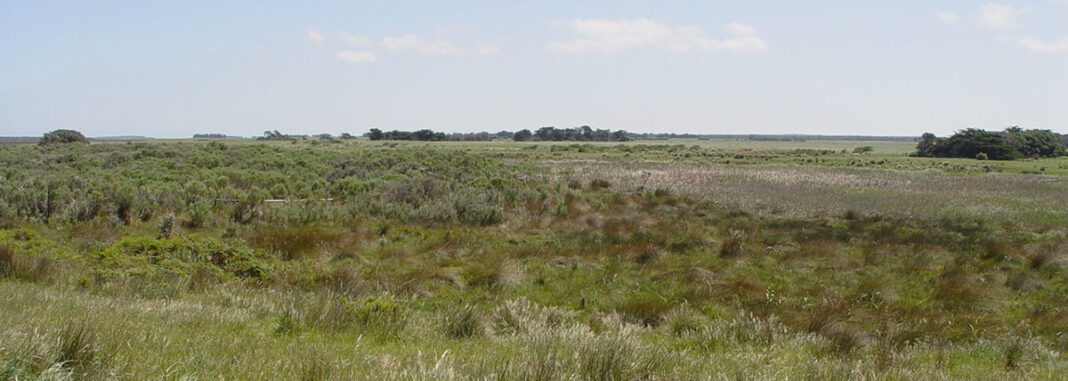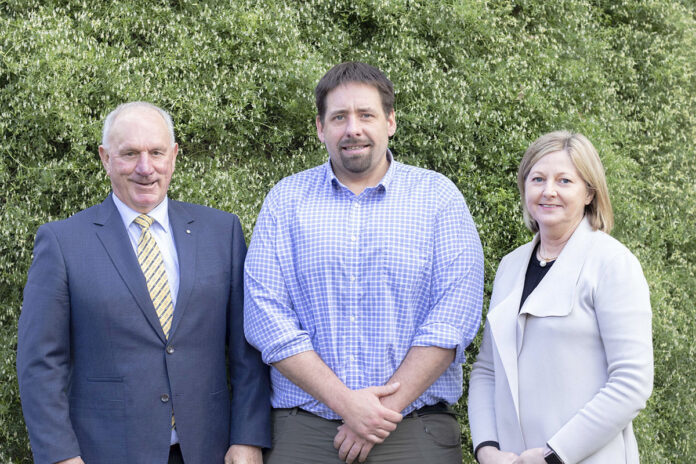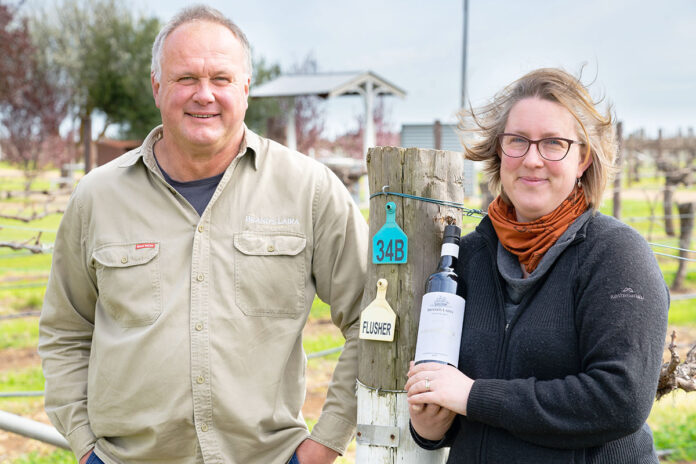Ten water projects worth nearly $90m will be delivered across South Australia, aiming to enhance water security, help stimulate regional economies and create hundreds of jobs.
Among these is an $800,000 project to build “Regional Recharge Farms” at Port MacDonnell to hold water in the landscape to improve aquifer recharge and protect ecological values.
The Limestone Coast Landscape Board will use the funds for infrastructure works to form regional recharge farms or areas around the Port MacDonnell area where water is held.
These recharge farms would allow it to “recharge the aquifer and groundwater supply”, preventing the need to reduce primary production water allocations further.
“This would aim to increase the security and reliability of water for primary production.
Minister for Primary Industries and Regional Development David Basham said the projects, jointly funded by SA taxpayers, the Commonwealth, and partners under the National Water Grid Fund Connections Pathway program, will provide a boost to South Australia’s agriculture industry.
“We know water is a critical resource for a successful agriculture sector and these 10 projects across South Australia will grow jobs by delivering new and affordable water, enhancing water security and helping stimulate regional economic development,” Minister Basham said.
“These projects will both support existing primary industries and allow for new and expanded agriculture to be undertaken in some of South Australia’s most important agricultural areas.”
What is an aquifer recharge farm? The Limestone Coast Landscape Board has received funding to undertake infrastructure works at Middle Point Swamp (also known as Hutt Bay Wetland) in the Lower Limestone Coast Prescribed Wells Area as part of a Regional Recharge Farms project.
These ‘recharge farms’ hold water in the landscape to improve aquifer recharge and protect ecological values, with the project aiming to rejuvenate wetlands, the Landscape Board told The SE Voice.
It also aims to prevent the need to reduce primary production water allocations due to declining groundwater levels.
“The Limestone Coast Landscape Board has a strategic approach to water security in a changing climate,” Limestone Coast Landscape Board chair Penny Schulz said.
“The Landscape Priorities Fund and National Water Grid Authority funding has enabled a significant and innovative project focused on protecting and balancing our water resources in the region.
“It’s a big priority for the board.”
The recharge farm concept is a new one and is at a site that is located strategically in the landscape where water can be held through infrastructure works.
Retaining water in the landscape can improve aquifer recharge, stabilising groundwater declines and creating a co-benefit: boosting water security for primary producers and enhancing important wetlands in the Limestone Coast.
Holding water back is an innovative new water resource management approach to tackle the complex challenge of water security in a changing climate, a board spokesperson said.
The recharge farm is located strategically to rejuvenate the internationally significant wetlands at Middle Point Swamp in the MacDonnell management area, which is currently at high risk due to the potential for groundwater declines.
“Primary production in the Lower Limestone Coast Prescribed Wells Area (LLC PWA) is heavily reliant on the unconfined aquifer system,” the spokesperson said.
“Groundwater levels have been declining in some places across the area due to demand for water exceeding recharge.”
The response to declines has been a schedule of reductions to water allocations to primary production in certain management areas in the LLC PWA since 2018, it said.
“We are committed to water resource planning and management that addresses sustainable water use, while supporting the Limestone Coasts environmental, industry, social and cultural needs.”
The Regional Recharge Farms project, which is being delivered by the Landscape Board in partnership with Nature Glenelg Trust, SA Water and Burrandies Aboriginal Corporation, is part of a larger collaboration.
The collaboration is investigating opportunities and undertaking ground works, feasibility studies and research towards achieving water security and sustainability for the environment, industry, community, and First Nations in the Lower Limestone Coast.
According to the board, the partnership has previously received seed funding from the State Government’s Landscape Priorities Fund.
This additional funding from the National Water Grid Authority will allow more on ground works to be undertaken as part of the broader direction of the Limestone Coast Landscape Board as it addresses water sustainability in the region with its ‘Making Every Drop Count’ focus.
This broader direction involves many partners all actively working towards a water secure and sustainable future for the region considering climate predictions.
Other partners include PIRSA, Green Triangle Forestry Industry Hub, SEWCDB, National Parks and Wildlife Service, Lake George Management Committee, Goyder Institute for Water Research and the Department for Environment and Water.
The board is now looking to work with their partners to scope the infrastructure works required for the project, which will include backfilling of internal artificial drains and regulation of artificial drainage outlets by the end of 2022.
The project will also trial delivery of recycled wastewater from the adjacent Finger Point Treatment Plant as a supplementary/alternate water source for Middle Point Swamp.




